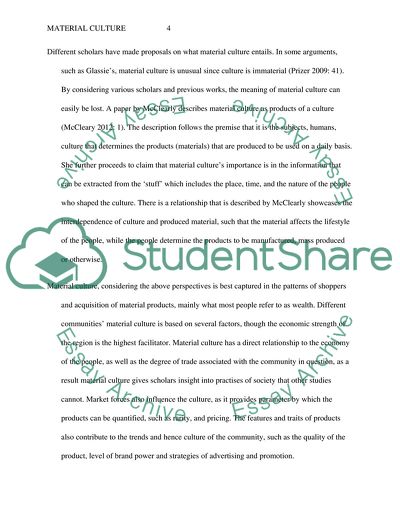Cite this document
(Mass Consumption in Society Research Paper Example | Topics and Well Written Essays - 5000 words, n.d.)
Mass Consumption in Society Research Paper Example | Topics and Well Written Essays - 5000 words. Retrieved from https://studentshare.org/social-science/1851849-an-examination-in-to-the-relationship-of-material-culture-and-mass-consumption-in-society
Mass Consumption in Society Research Paper Example | Topics and Well Written Essays - 5000 words. Retrieved from https://studentshare.org/social-science/1851849-an-examination-in-to-the-relationship-of-material-culture-and-mass-consumption-in-society
(Mass Consumption in Society Research Paper Example | Topics and Well Written Essays - 5000 Words)
Mass Consumption in Society Research Paper Example | Topics and Well Written Essays - 5000 Words. https://studentshare.org/social-science/1851849-an-examination-in-to-the-relationship-of-material-culture-and-mass-consumption-in-society.
Mass Consumption in Society Research Paper Example | Topics and Well Written Essays - 5000 Words. https://studentshare.org/social-science/1851849-an-examination-in-to-the-relationship-of-material-culture-and-mass-consumption-in-society.
“Mass Consumption in Society Research Paper Example | Topics and Well Written Essays - 5000 Words”, n.d. https://studentshare.org/social-science/1851849-an-examination-in-to-the-relationship-of-material-culture-and-mass-consumption-in-society.


